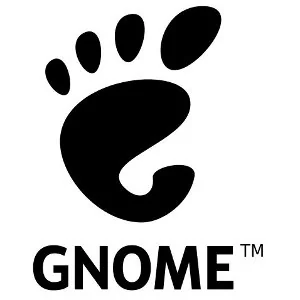Triple Buffering Likely Not Landing Until GNOME 42

Canonical developer Daniel van Vugt who is known for his prolific GNOME contributions has re-based the triple buffering code to GNOME 40. Daniel has been working on this GNOME triple buffering support on and off for a number of months to improve the rendering performance with a particular focus/need on Intel integrated graphics.
He noted today that while the code has been ported to GNOME 40, it's most likely not going to be merged until GNOME 42 given the timing with some remaining items left to complete.
Atomic mode-setting in Mutter recently landed as one of the previous blockers. While X.Org support for triple buffering is in place, the native back-end / Wayland code still needs to be completed among any other lingering tasks. Thus this measure to temporarily increase GPU utilization likely won't be merged until GNOME 42 for the autumn release. With Ubuntu 21.04 skipping GNOME 40, with Ubuntu 21.10 is likely when they will jump to GNOME 42 directly.
50 Comments

